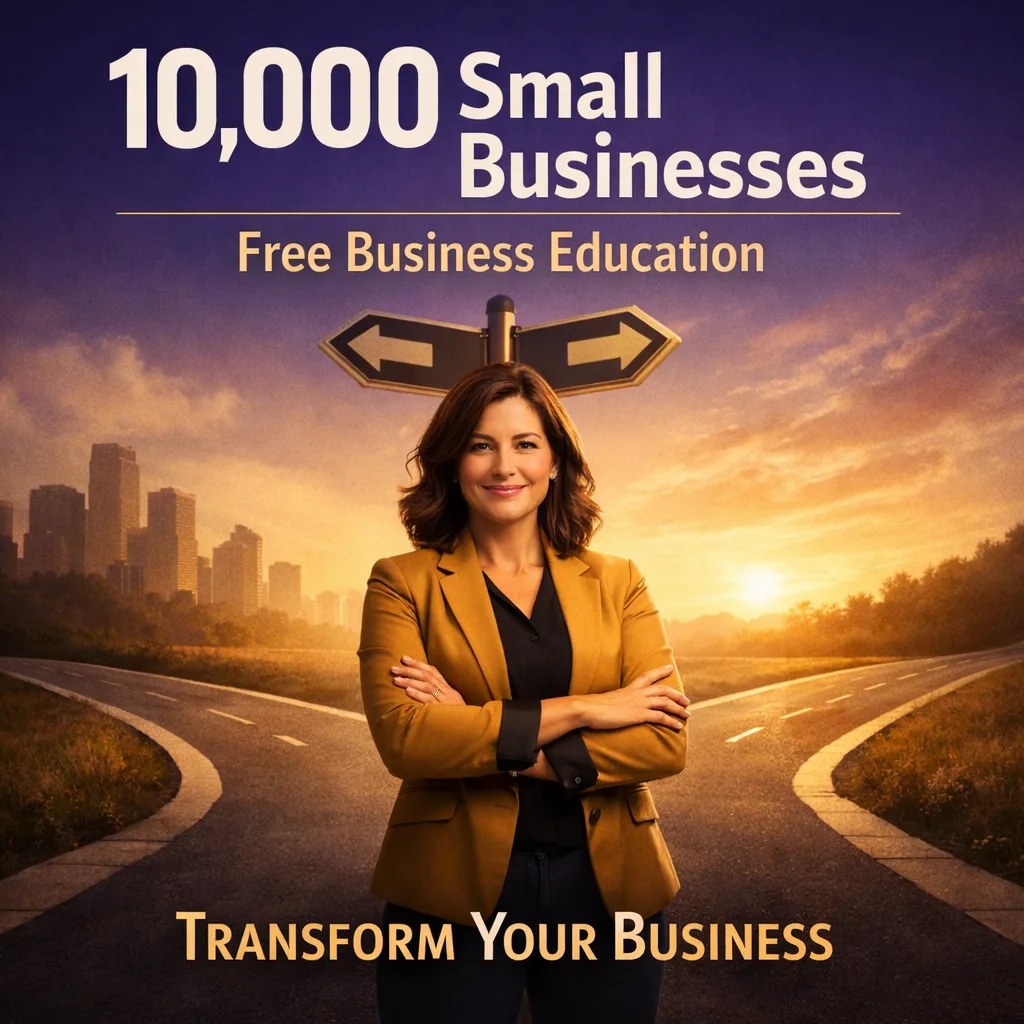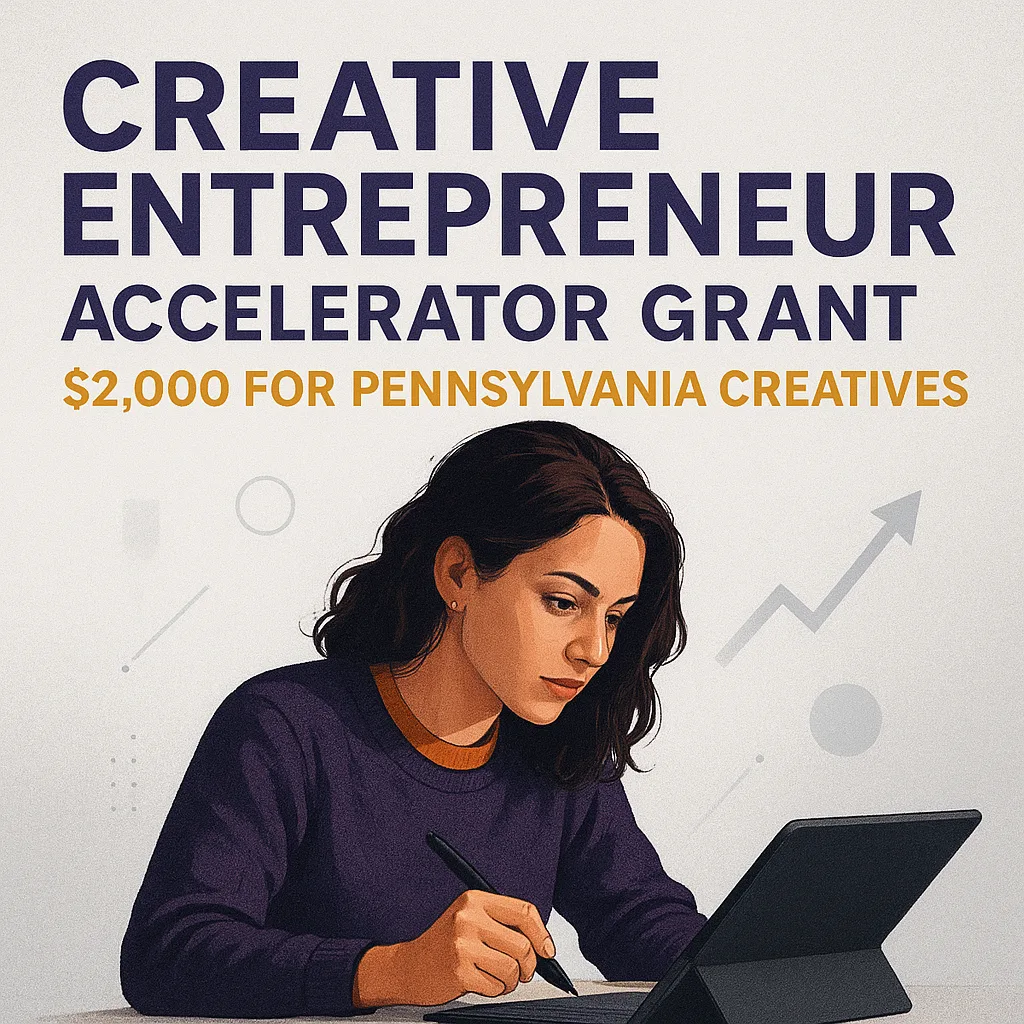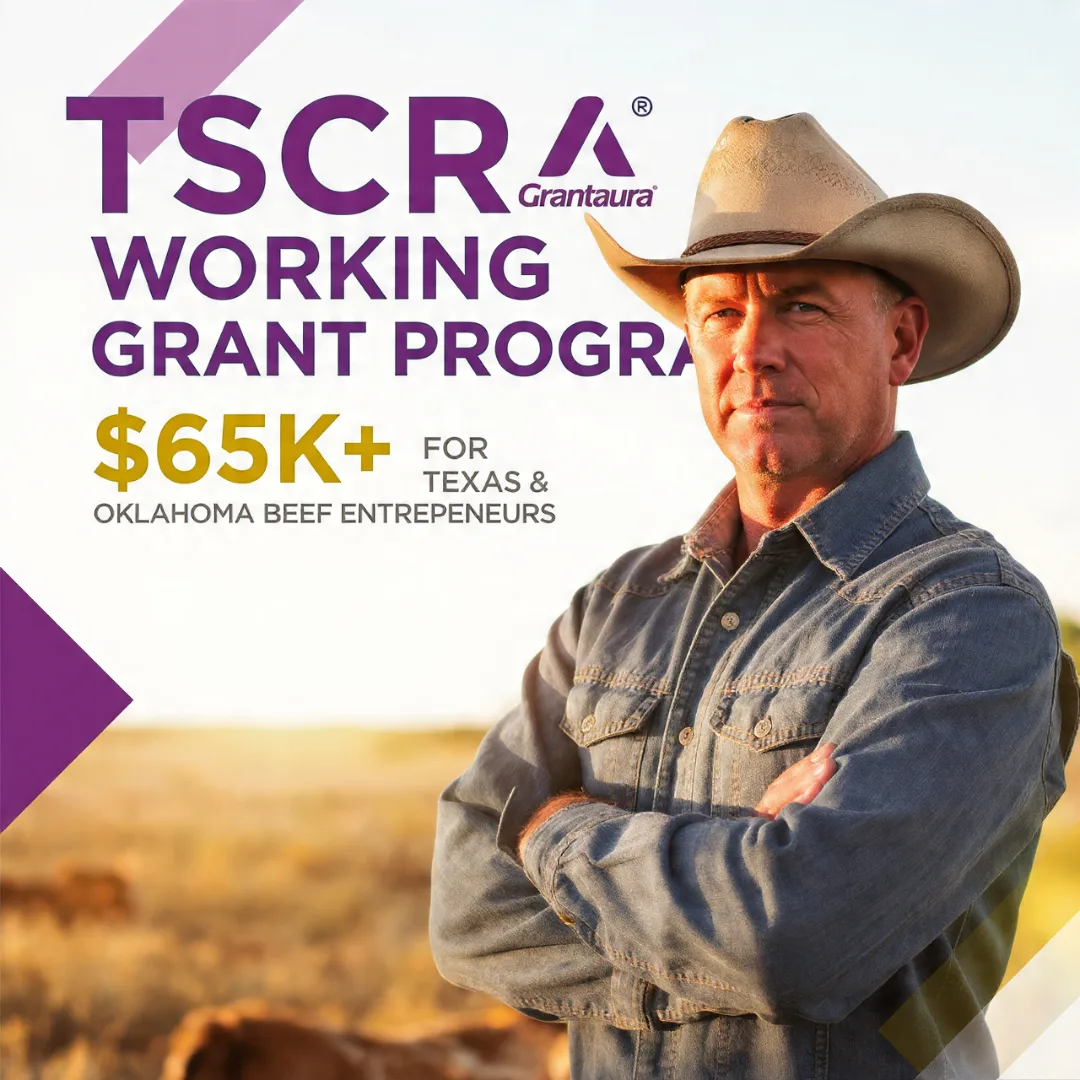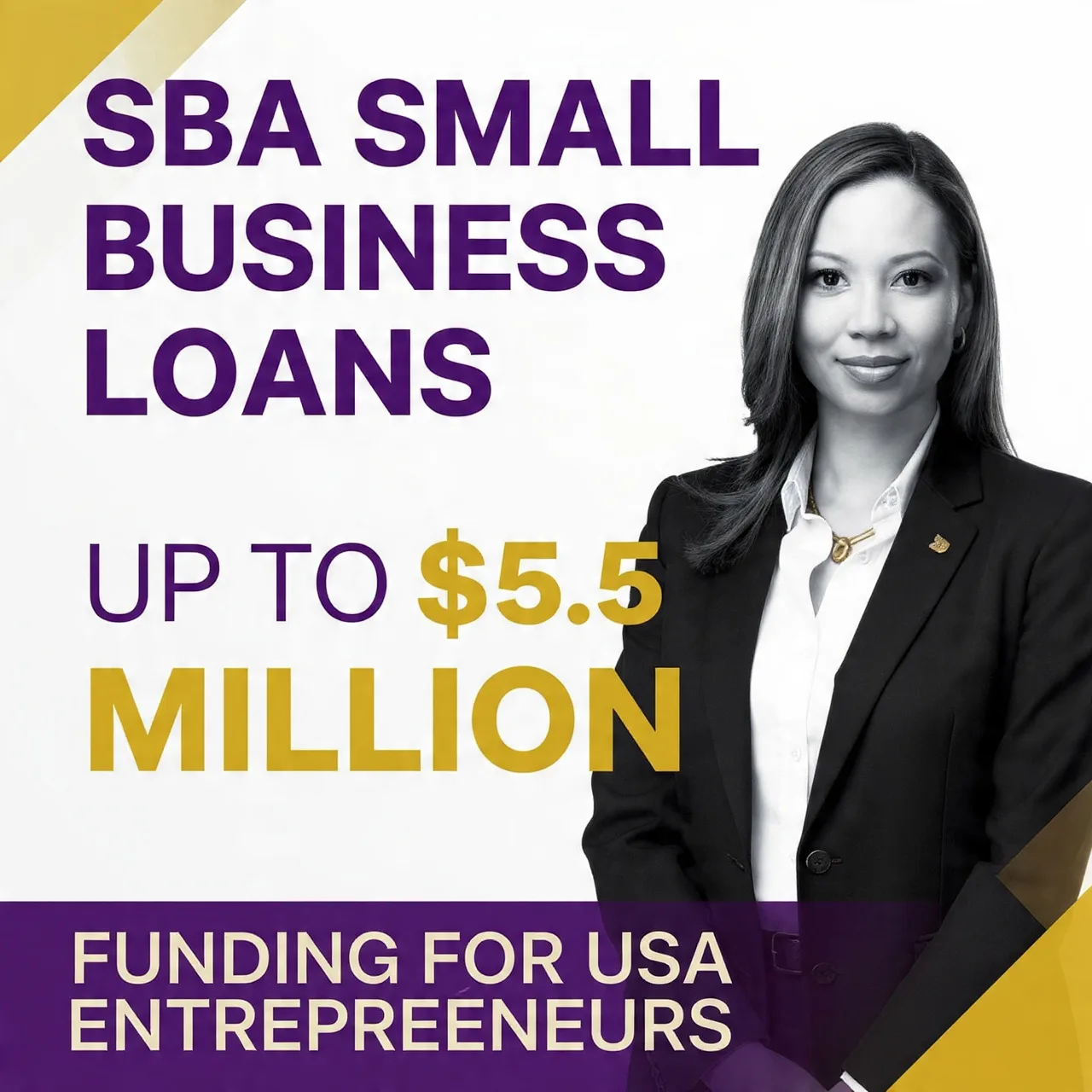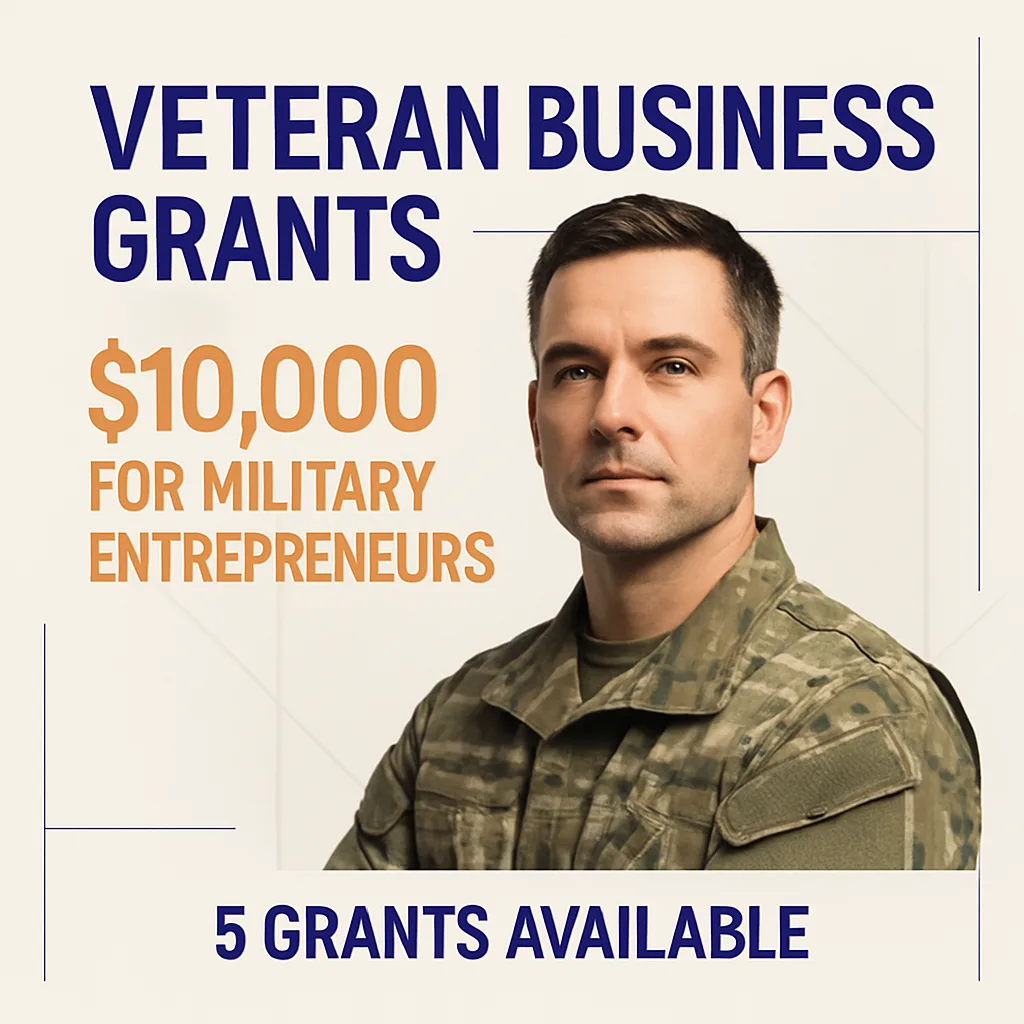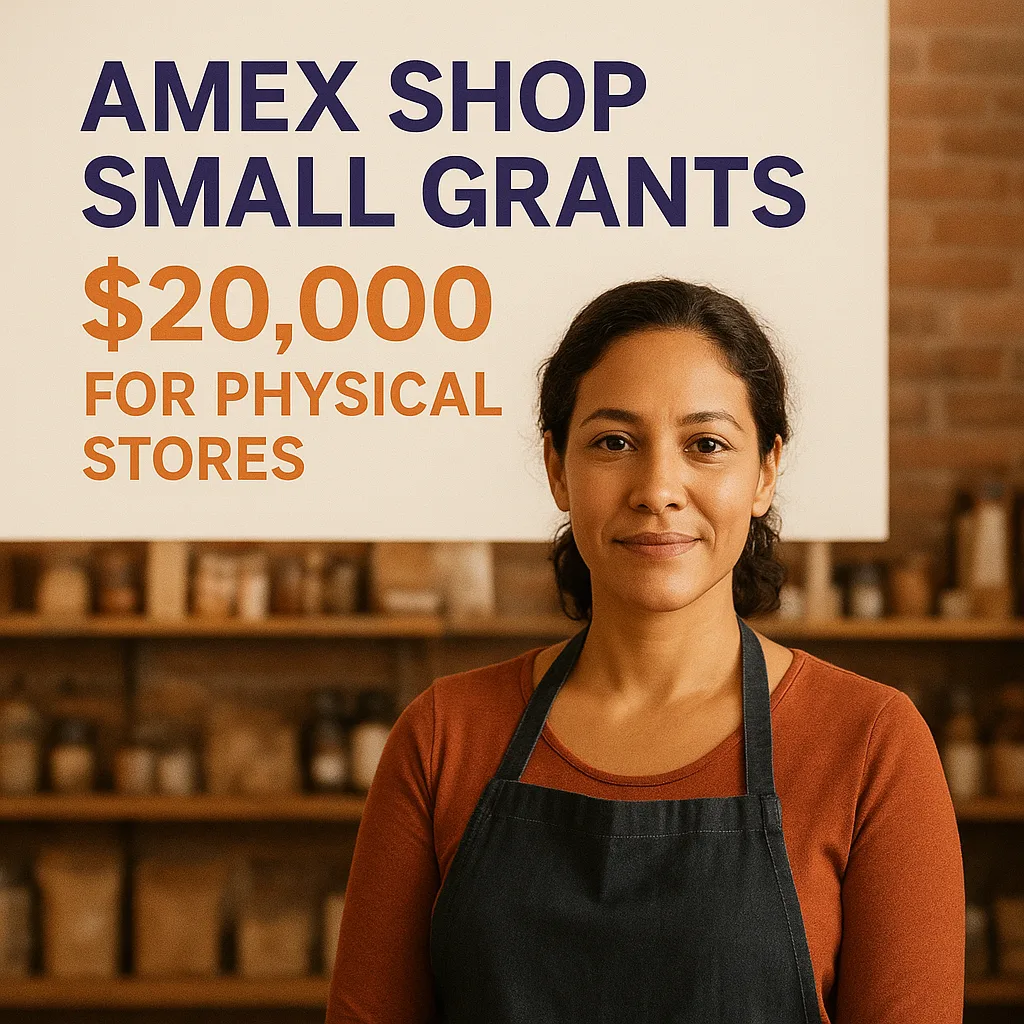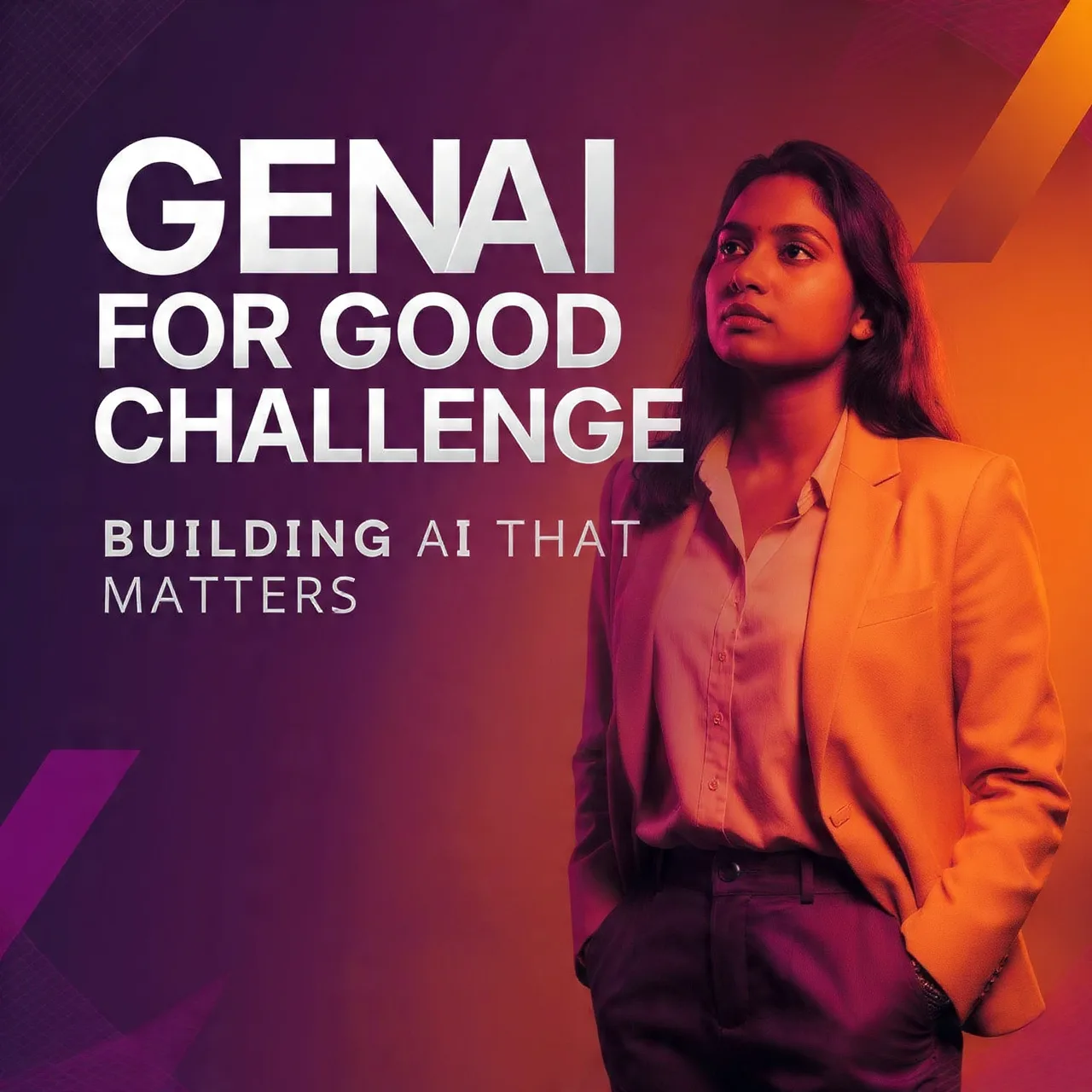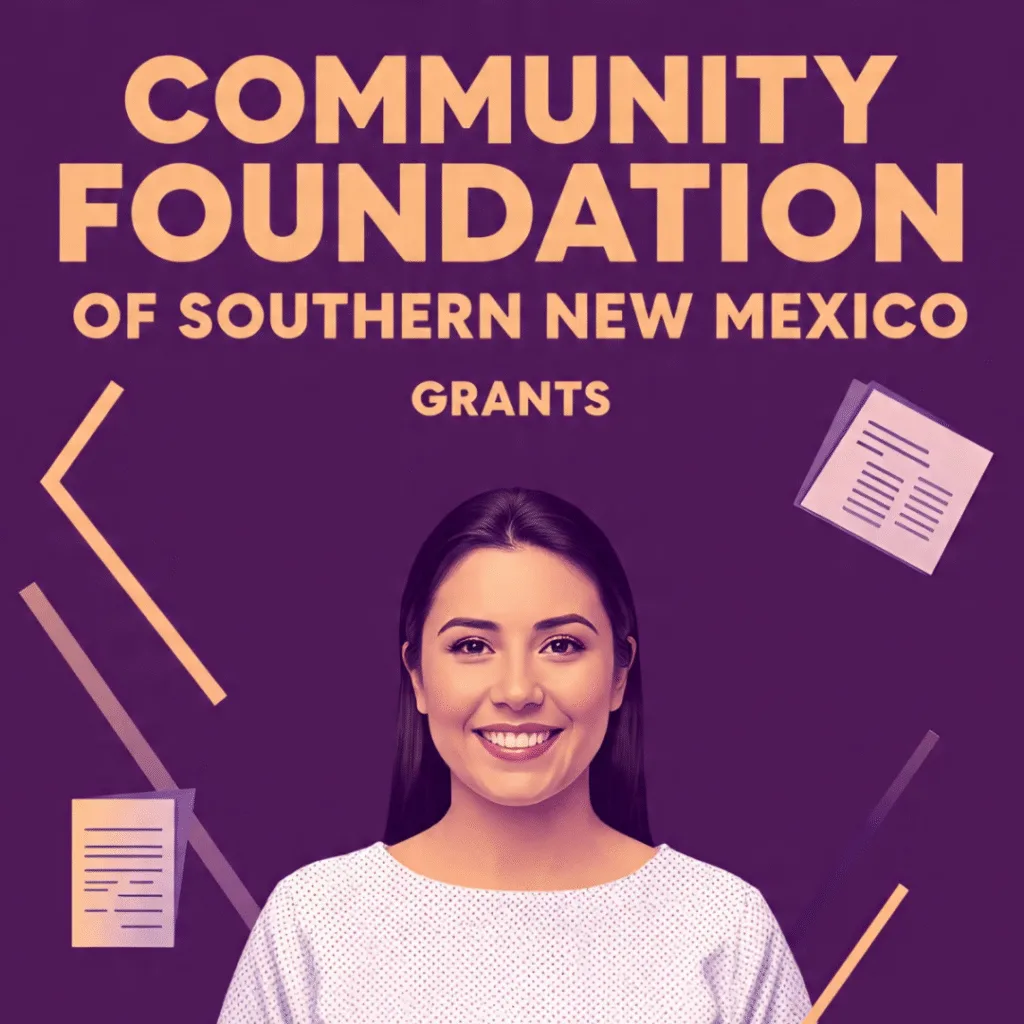
Community Foundation of Southern New Mexico Grants 2025: 7 Active Funding Programs Worth $166,000+ for Nonprofits
7 active Community Foundation of Southern New Mexico grant programs offering $166,000+ in nonprofit funding across 12 counties. Apply now.
Grant Overview
Grant Funding Across 12 New Mexico Counties – From $500 LGBTQIA+ Support to $30,000 Multi-Year Wellness Initiatives
The Community Foundation of Southern New Mexico (CFSNM) operates as the trusted philanthropic hub for twelve counties, managing hundreds of funds and endowments while distributing over $166,000 annually through seven distinct Southern New Mexico grant programs. What sets CFSNM apart isn’t just their geographic reach spanning from Catron to Socorro counties, but their laser focus on addressing real community needs through carefully crafted funding opportunities.
But here’s where it gets interesting for grant seekers. While most community foundations stick to one-size-fits-all approaches, CFSNM has developed specialized programs that target everything from LGBTQIA+ social support to maternal health outcomes. And they’re not playing small ball – recent funding rounds have awarded $166,000 to 16 organizations, with some programs offering multi-year commitments up to $30,000.
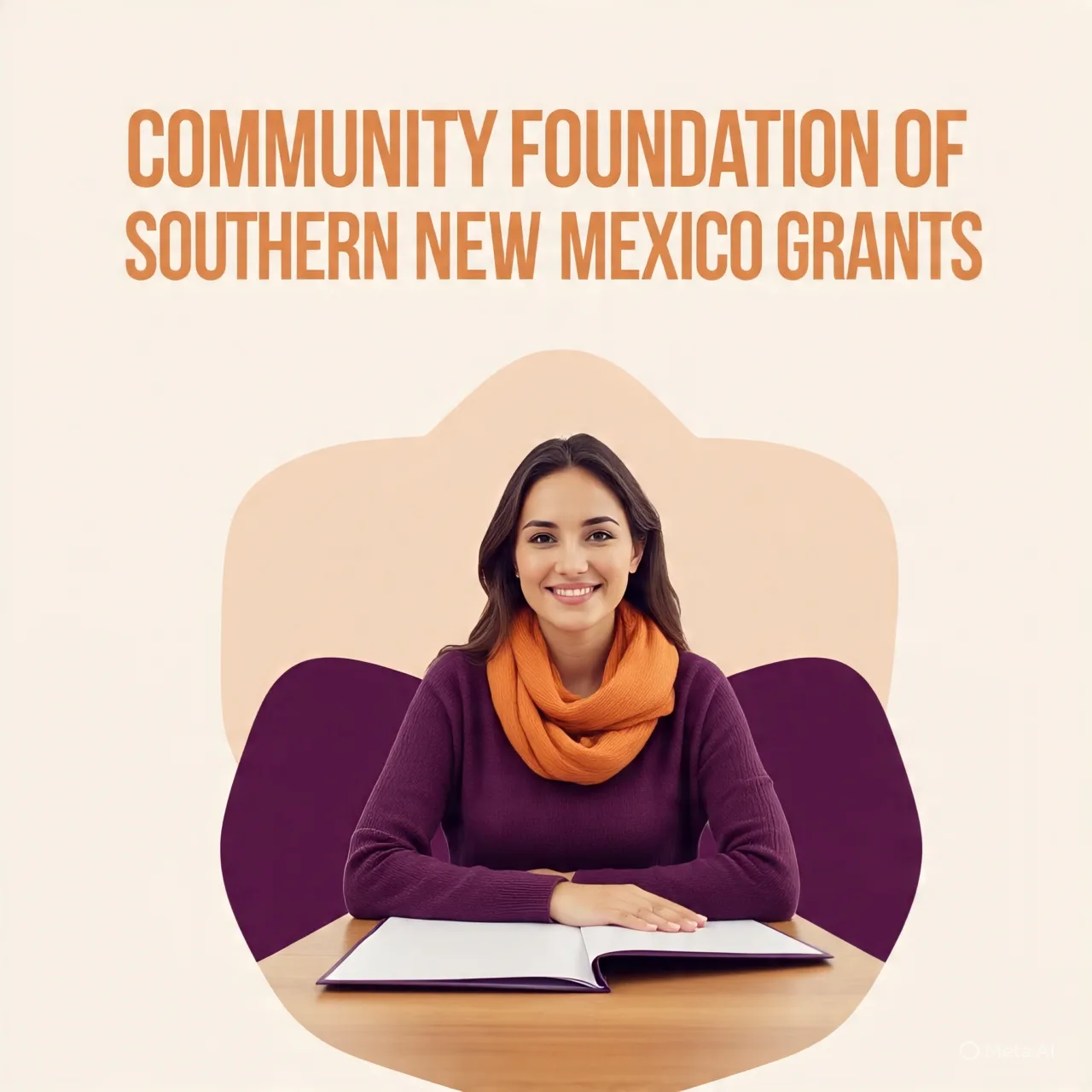
The Foundation Behind the Funding
CFSNM serves as a comprehensive community resource supported by individuals, families, corporations, and institutions, managing over 200 endowments including 48 nonprofit agency partnerships. What this means for applicants is stability and longevity. They’re not a flash-in-the-pan funder – they’ve been building systematic approaches to community philanthropy for decades.
The foundation’s geographic coverage is deliberately comprehensive, serving Catron, Chaves, Doña Ana, Eddy, Grant, Hidalgo, Lea, Lincoln, Luna, Otero, Sierra, and Socorro counties. This isn’t random – it reflects their understanding that rural and semi-urban communities across southern New Mexico face similar challenges but need locally-tailored solutions.
7 Active Grant Programs You Can Apply For Right Now
1. Devasthali Family Foundation Fund: The Arts and Education Powerhouse
Created in 2011 by Drs. Ammu and Rama Devasthali, this fund specifically targets arts, education, and child hunger initiatives across southern New Mexico. What makes this program particularly attractive is its dual-cycle approach. You get two shots per year to secure funding ranging from $1,500 to $4,000.
The Spring/Summer cycle runs March 1 through May 5, while the Fall/Winter window opens August 31 and closes September 30. Smart applicants recognize this timing allows for different project phases or gives you a second chance if your first application needs refinement.
Q: What exactly qualifies as “arts” for the Devasthali grant?
A: Visual arts, performing arts, literary programs, arts education, and community cultural initiatives.
Q: Can existing programs apply or only new projects?
A: Both new and existing projects that demonstrate positive community impact are eligible.
2. The Wellness Fund: Multi-Year Maternal and Child Health Focus
Here’s where CFSNM gets serious about long-term impact. The Wellness Fund operates on two funding levels: annual grants of $3,000 to $10,000, and multi-year commitments ranging from $20,000 to $30,000. The multi-year option signals their commitment to sustainable program development rather than one-off interventions.
The geographic focus covers seven counties: Doña Ana, Hidalgo, Grant, Lincoln, Luna, Otero, and Sierra. Their definition of maternal/child wellbeing is refreshingly broad, encompassing education (cognitive, language, social-emotional learning), direct services, prevention/wellness approaches, programmatic support, and social determinants of health.
What’s particularly smart about their approach is recognizing that maternal and child wellbeing isn’t just about healthcare. They fund initiatives addressing housing, food security, education access, and employment – the environmental factors that actually determine health outcomes.
Applications for 2025 are accepted March 14 through May 20 at 5:00 p.m.
Q: Do I need to be a healthcare organization to apply for Wellness Fund grants?
A: No. Educational organizations, social services, and community programs addressing social determinants qualify.
Q: What’s the difference between annual and multi-year grants?
A: Multi-year grants ($20,000-$30,000) require demonstrated organizational capacity and comprehensive program planning.
3. Dr. Robert Palmer Grant Fund: Luna County Community Focus
This program takes a hyperlocal approach, concentrating exclusively on Luna County. With funding for animal services, arts and humanities, capital projects (seed funding), collaboration and coalitions, direct nonprofit services, education, health and wellness, and programs supporting Luna County residents, the scope is deliberately comprehensive.
The 2025 application window runs March 14 through May 20 at 5:00 p.m. What’s noteworthy is their explicit support for collaborations and coalitions, including those that may need fiscal sponsorship. This suggests they understand that effective community change often requires partnerships between organizations.
4 & 5. LGBTQIA+ Funding: Two Distinct Programs
CFSNM operates two separate LGBTQIA+ funding streams, reflecting different approaches to community support.
The Charles T. Townley and Victor T. Roberts LGBTQIA+ Fund offers grants between $500 and $2,000 for ongoing programs focused on social support across all ages in the queer community. Unlike many small grants that fund activities, this program specifically supports programmatic infrastructure and sustained community building.
The Rainbow Fund takes a broader approach, serving all twelve counties CFSNM covers and supporting efforts to improve quality of life through arts and humanities, mental and physical health, self-awareness initiatives, recreation, and addressing youth and elderly needs in LGBTQIA+ communities.
Both programs accept applications May 1st through 31st, creating a concentrated application period that allows for comparative evaluation.
Q: Can the same organization apply for both LGBTQIA+ grants?
A: Yes, but for different programs or different aspects of your work.
Q: What documentation is required for LGBTQIA+ focus?
A: Clear description of how your programming specifically serves LGBTQIA+ community members.
6. Economic Development Retention and Revitalization Grant
This program breaks the traditional nonprofit-only mold by supporting private businesses, projects, and organizations making measurable differences in economic growth. The focus on Doña Ana, Luna, and Otero Counties (with potential statewide expansion) reflects strategic economic development thinking.
What’s particularly interesting is their pandemic-aware approach, specifically funding businesses and entrepreneurs who were negatively impacted over the past few years or who want to expand staffing to get individuals back to work. They also fund nonprofit organizations providing entrepreneurial education and business development.
The program requires demonstration of public purpose and economic benefit, solid evidence of financial stability, and compliance with all applicable laws. Applications are reviewed on a rolling basis with 30-day response commitments.
7. Terry & Maryellen Kebbel Family Grant: Disability Support Focus
This program specifically supports individuals with disabilities in Doña Ana County, with particular emphasis on educational accessibility and accommodations. While there’s a preference for assisting students with visual impairment (reflecting Terry Kebbel’s Vietnam War-related sight loss), the family supports students with all disabilities.
Teachers can apply for grants ranging from $250 to $500 annually, with applications accepted August 1 through December 31. The program recognizes that small grants can make significant differences in individual educational outcomes, similar to how micro-grants support entrepreneurial ventures.
The Application Strategy That Actually Works
CFSNM’s multi-stage review process takes approximately one month, with potential phone calls and site visits during evaluation. Understanding their evaluation criteria gives you a strategic advantage:
They prioritize compatibility with grant guidelines (obvious but often missed), organizational ability to meet the grant’s mission, demonstrated community need, financial sustainability of both the project and organization, potential for leverage with additional funding, strength of staffing and partnerships, and proposed outcomes with clear success measures.
What they’re really evaluating is organizational strength, community involvement, project timeliness, and successful fiscal management experience. This means your application should tell a story of capability, not just need.
Q: How detailed should my budget be?
A: Detailed enough to demonstrate financial competence but focused on major categories and outcomes.
Q: Can I apply to multiple CFSNM programs simultaneously?
A: Yes, for different projects or different aspects of your organization’s work.
Q: What happens if I’m not selected?
A: Many programs have multiple cycles, and feedback can strengthen future applications.
Timeline Mastery for Maximum Success
CFSNM’s grant cycles create natural planning opportunities. The Devasthali Fund’s dual cycles (March-May and August-September) allow for project planning that aligns with either spring implementation or fall program launches. The Wellness Fund and Dr. Robert Palmer Fund share the same March 14-May 20 timeline, requiring strategic decisions about which program best fits your approach.
The concentrated May application period for both LGBTQIA+ funds creates a natural focus point for organizations serving these communities. The Terry & Maryellen Kebbel Family Grant’s August-December window aligns well with academic year planning.
Understanding these patterns helps you sequence applications, plan project timelines, and develop organizational capacity strategically rather than reactively.
What CFSNM Really Wants to Fund
Foundation grants typically range from a few thousand dollars each, with recent recipients demonstrating clear community impact, but the real pattern in their funding suggests they’re looking for organizations that understand systems change rather than just service delivery.
Their emphasis on collaborations, fiscal sponsorship options, multi-year commitments, and broad definitions of community wellbeing indicates they fund work that addresses root causes and builds community capacity. They want to see evidence that your grant will catalyze additional resources and create lasting change.
The economic development program’s focus on job creation and tax base expansion, combined with the wellness fund’s attention to social determinants of health, suggests they understand that effective community development requires integrated approaches rather than isolated interventions.
Q: Should I emphasize innovation or proven approaches?
A: Proven approaches with innovative elements or applications to new populations.
Q: How important are community partnerships in applications?
A: Very important – they signal sustainability and broader impact potential.
Grant applications often become exercises in creative writing rather than strategic communication. Successful applicants understand that foundations fund solutions to problems they care about, not just worthy causes. CFSNM’s diverse portfolio reflects their sophisticated understanding of how community change actually happens – through sustained investment in organizations that can deliver measurable outcomes while building long-term capacity.
The real opportunity here isn’t just funding for your current work. It’s partnership with a foundation that understands southern New Mexico’s unique challenges and opportunities, and is committed to building solutions that last beyond any single grant cycle. If you’re serious about maximizing your chances and want expert guidance on crafting compelling applications that speak CFSNM’s language, that’s exactly what we do at Grantaura. CLICK HERE to get GRANT PROPOSAL WRITING help that positions your organization for long-term funding success.
Donor: Community Foundation of Southern New Mexico
Focus: nonprofit organizations, arts, education, child hunger, maternal health, child wellbeing, LGBTQIA+ support, economic development, disability support, community development, Southern New Mexico
Region: Catron County, Chaves County, Doña Ana County, Eddy County, Grant County, Hidalgo County, Lea County, Lincoln County, Luna County, Otero County, Sierra County, Socorro County, New Mexico, United States
Eligibility:
– Nonprofit organizations located in eligible New Mexico counties
– Private businesses and entrepreneurs (Economic Development Grant only)
– Teachers and educational coordinators (Terry & Maryellen Kebbel Family Grant)
– Organizations serving LGBTQIA+ communities
– Projects demonstrating community impact and financial sustainability
— Must comply with all local, state, and federal laws
— Some programs require specific geographic focus within eligible counties
– Collaborations and coalitions welcome, fiscal sponsorship available when needed
Benefits:
– Financial Awards: Range from $250-$500 (Kebbel Family Grant) up to $20,000-$30,000 (Wellness Fund multi-year)
– Devasthali Family Foundation: $1,500-$4,000 per grant
– Dr. Robert Palmer Fund: Grant amounts vary based on project scope
– LGBTQIA+ Programs: $500-$2,000 per grant
– Multi-stage review process with potential site visits
– Connection to broader CFSNM network and resources
– Recognition within southern New Mexico philanthropic community
Deadline: Ongoing – Multiple cycles – Devasthali Fund: March 1-May 5 and August 31-September 30; Wellness Fund & Dr. Robert Palmer Fund: March 14-May 20; LGBTQIA+ Programs: May 1-31; Terry & Maryellen Kebbel Family Grant: August 1-December 31; Economic Development Grant
Terms:
– Community Impact: Projects must demonstrate clear benefit to residents of eligible counties and address identified community needs.
– Financial Sustainability: Organizations must show both project viability and organizational stability, with clear budget documentation and fiscal management experience.
– Outcome Measurement: Grant recipients must provide clear success metrics and be prepared for potential site visits or phone interviews during the review process.
– Geographic Eligibility: Specific programs have county restrictions within the broader twelve-county service area, with some requiring organizational location within eligible areas.
– Recognition Requirements: Some grants require acknowledgment of funding source in publicity and materials, particularly LGBTQIA+ grants funded by named endowments.
Author: I’ve spent years navigating the community foundation landscape, and what strikes me most about CFSNM is their genuine understanding that sustainable community change requires both immediate intervention and long-term capacity building. Growing up watching rural communities struggle with resource access, I recognize their approach of combining targeted programming with systems-level thinking. At Grantaura, I’ve seen how the most successful nonprofit applications tell stories that connect individual impact with broader community transformation – exactly what CFSNM’s diverse portfolio demonstrates they’re looking for. The foundation’s willingness to fund collaborations and provide fiscal sponsorship options signals they understand that the most effective community work often happens between organizations, not within them.
Who Can Apply?
How to apply for this grant?
We are your trusted grant application partners. You can navigate the entire grant application process with our expert guidance through this simple 5-step process.
Step 1: Application Form
Fill out the "Apply for this grant" form with your information and grant requirements.
Step 2: Eligibility Assessment
Our grant experts will assess your eligibility and notify you via email.
Step 3: Expert Consultation
A dedicated grant expert will be assigned to discuss next steps for your application.
Step 4: Application Submission
Our expert will help you complete and submit your application with all required materials.
Step 5: Final Decision
The grant committee will make their decision and notify successful applicants.


